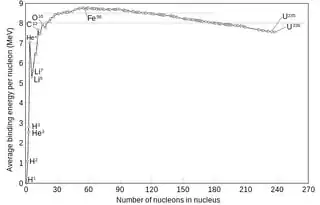Each hydrogen atom (a lot of hydrogen is found in molecular form, rather than as a single atom), is a proton with a paired electron . They are attracted to each other because of opposite electrical charges.

If you start with a gas, and you compress it, you ( depending on the particular element), can end up with a liquid. In fact, liquid hydrogen is the propellent which many rocket engines use.
Imagine putting an arbitrary number hydrogen atoms in a chamber, with a piston on top, that you can use to compress the atoms together. As you squeeze more and more, the hydrogen atoms or molecules will move faster and faster, as they will repel each other because the electrons in each has the same charge.
This mutual repulsion is the same reason you don't fall through the floor in your house, because of the electrons resistance to being forced together. So it's a very strong force, especially as the atoms get closer.
"Some advanced device" is still going to be based around getting the atoms together and it is very difficult to think of anything that would overcome the electrostatic force keeping the atoms apart. Not only do the electrons repel each other because they have the same negative charge, but the protons in the nuclus of each atom will also repel each other because they both have the same positive charge.
They are two sets of massive springs basically, which get increasingly stronger the more pressure you put on them.

